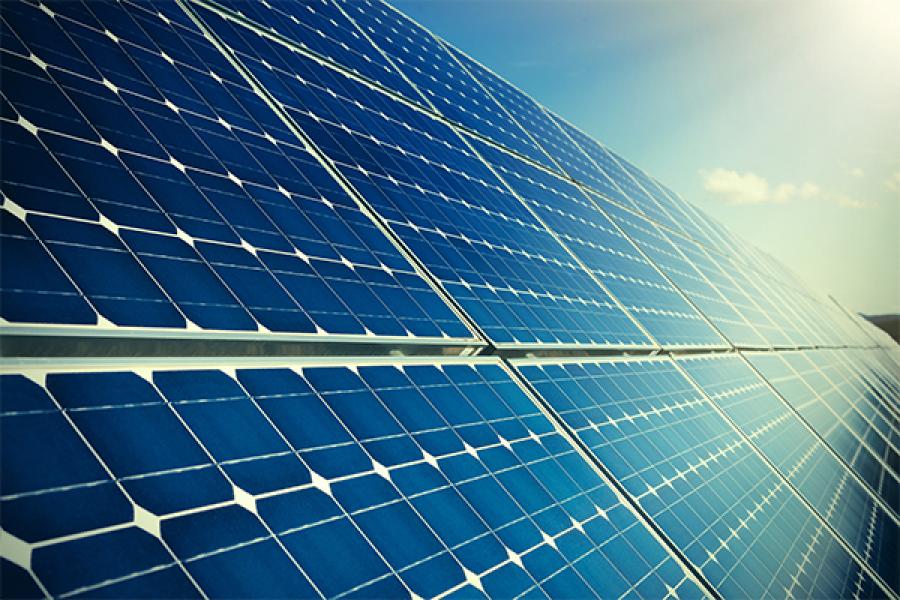The digital age electricity grid
An integrated national grid is the most critical component which will enable renewable energy integration
India has set out on an ambitious path to set up 175 GW of solar power plants by 2022. Given the current installed base, such a target outlines India’s commitment to renewable energy and also highlights the challenges it may face in this journey of an already strained sector. A few of these challenges are inherent to the technology while a few can be alleviated by prompt policy, planning and effective implementation by the government. According to Ernst & Young Renewable Energy Country Attractiveness Index-2015, India is the third most attractive market in the world, which is a big improvement within the last two years.
The current underlying infrastructure has been designed to cater to the energy sector based on large conventional sources of energy and involves a significant portion of manual intervention and oversight. With the thrust on renewable energy sources, there is a need to redesign the grid and develop underlying IT infrastructure to seamlessly amalgamate the energy generated from renewable sources with conventional energy sources. The key challenges, in order to bring all sources of energy on one common network, are due to characteristics of renewable energy around Volume, Variety and Variability: Volume of generators will increase from the current base of few hundred to multi thousands. Variety could be from 1 MW to 1000 MW or even outside this range and its location could be from rooftop of buildings in urban areas to micro grids in rural areas to large solar parks in remote areas. Variability in renewable energy supply necessitates balancing responsible party in place who can automatically control / manage excess solar rooftop production.
An integrated national grid which manages both renewable and non-renewable energy demand and supply though an information exchange backbone is the most critical component which will enable renewable energy integration. This will include generators forecasting system to have near real time accurate supply data, grid-scheduling and reserve management to cater to variability and also to establish automatic generation control mechanisms, consumers- advanced billing and metering systems to enable net metering and ToU billing, power trading to handle discoms shift towards power which is both cheaper and green, etc.
Once these IT applications are in place, it’s equally important to get IT right. This will require common IT vision for creation of National Energy Information Architecture, process strengthening, data standardisation and seamless data exchange between generators / despatch centres and distributors, leverage existing infrastructure like SCADA and IT systems installed under R-APDRP programme, smart grid and smart city as well as state-wide area network (SWAN), SDC (State Data Centre), SSDG, eGovernance portals, etc. With this technology growth in the core business, cyber security and strong analytical capability would automatically gain priority to leverage this near real time supply and demand data.
With the speed of renewable capacity addition, it’s the expectation from the government to set up such enabling IT framework along with reforms and enabling policies. GoI initiatives like Green Energy Corridors, UDAY reform, Smart grid Vision, ISA, Hybrid / Electric Vehicles, Strengthening of national grid, etc are positive steps in this direction.
With focus on Digital India and Make in India and other such programmes, the entire ecosystem looks promising to provide a comprehensive, cheaper and scalable solution to support electricity grid of the digital age.
- By Sudhanshu Gupta, Director, Advisory, EY India
The thoughts and opinions shared here are of the author.
Check out our end of season subscription discounts with a Moneycontrol pro subscription absolutely free. Use code EOSO2021. Click here for details.
